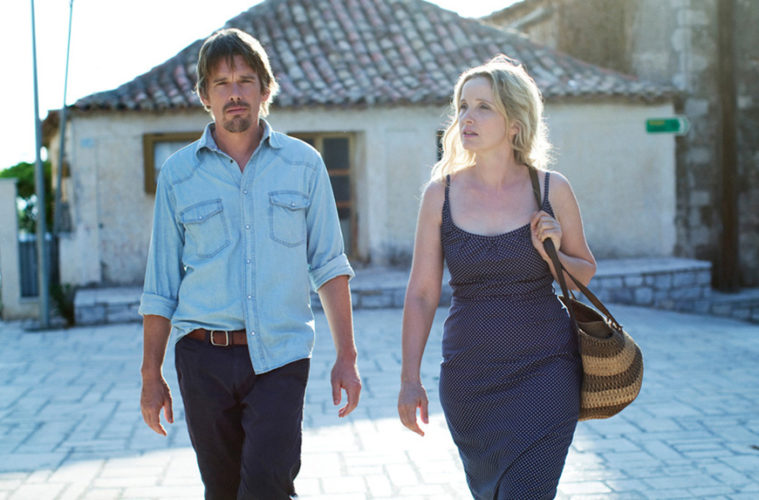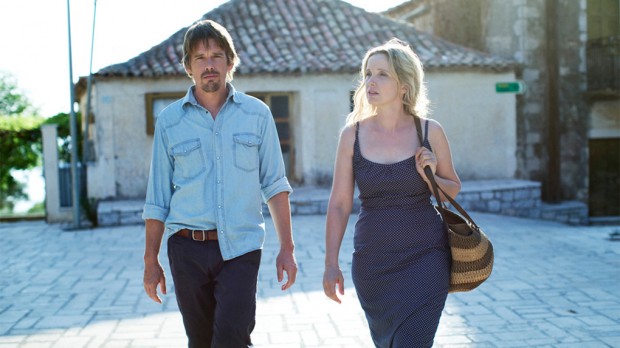
Closing out our year-end coverage is individual top ten lists from a variety of The Film Stage contributors, leading up to a cumulative best-of rundown. Make sure to follow all of our coverage here and see Forrest Cardamenis’ favorite films of the year below.
2013 was a good year for films. By that I mean that, like 2012, there are two films that stand apart, with one more close behind, but there is a large number of films clumped together just behind that group in a way that there was not in 2012, (but perhaps were in 2011 or 2010), where even coming up with 10 films had a noticeable drop in how much I enjoyed them. On the other hand, I could easily craft a top 15 or even top 20 for 2013 where I still would be leaving off films that have stuck with me. Much of this, I think, is the success of American cinema this year; last year had me gasping for a small handful of American films I could call “great,” but 2013 has given me a surplus.
But less important to me is how the films signal the “strength” of the year than how the films themselves fare. Indeed, given the variance in release dates across different countries, and the distribution delays that can result in a film not being released for a year or even two after its world premiere date, I prefer to let time tell me how strong a year 2013 is. The films I have selected are films that: opened my mind to the possibilities of cinema; left me in sensory overload or deep thought; entertained, excited, or thrilled me while watching them and resonated with me long after; displayed an admirable level of skill and craft for the art of filmmaking; and seem to me (from my admittedly and necessarily short-sighted perspective) to be candidates to serve both as historical artifacts of our culture (film culture and otherwise) at this particular point in time and as timeless works of art. There are, of course, a handful of films that I have not yet seen (chief among them are The World’s End, The Past, and Faust) that may very well make their way onto this list within months, but still, I was deeply moved in one way or another by each film in my top 10.
To begin, my honorable mentions, which are a selection of five films I see as important, admirable, or simply worthwhile for one reason or another, are as follows. Beyond The Hills is simply put, a brilliant work of modernism on the page, a formalist wonder, and two great lead performances. This could just as well be #10. At Berkeley is observational cinema in the purest sense, done brilliantly. Nebraska is simultaneously a love-letter to the Midwest and a lament for what has become of it, a deeply moving family drama, and one of the funniest experiences the cinema offered this year. Paradise: Love, for the challenging and uncompromising vision of its directors and the difficult themes and questions it provokes. Berberian Sound Studio deserves a mention for its creative use of sound—something too many filmmakers fail to attempt.
Honorable Mentions:

10. Ginger and Rosa (Sally Potter)
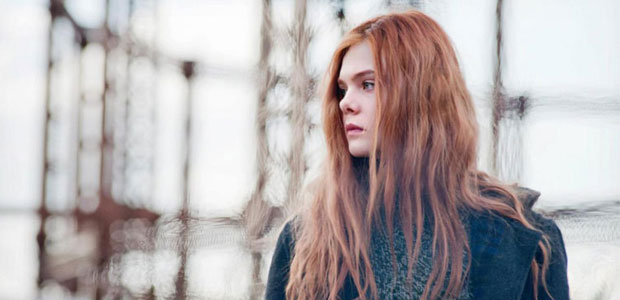
There were a number of strong coming-of-age dramas this year (the aforementioned Something In The Air, Mud, purportedly The Spectacular Now, and even The Bling Ring), but none fused the creation of period details with a direct script as well as Ginger and Rosa. Director Sally Potter gets a career-best performance out of the always-improving Elle Fanning, and her use of costumes gives us all the backstory we need. The films move from one brilliantly observed moment to another (as when the two girls read magazines and shrink their jeans, of when Rosa takes Ginger to a club), and a great cast of adults add distinct supporting characters to the mix that amplify Ginger’s confusion.
9. Leviathan (Lucien Castaing-Taylor and Verena Paravel)
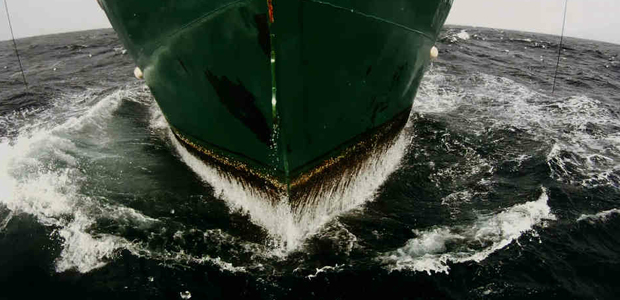
Certainly the most overwhelming sensory experience of the year, Leviathan, for all its difficult sequences, rewards repeated viewings. Shot simply by mounting cameras in a variety of places—or by tossing them into the sea—and then editing the footage afterward, Leviathan is a showcase for the innovations digital technology provides and also a brutal look at the commercial fishing industry. Whether you read that look as sympathetic or callous, two things are guaranteed: you won’t be clamoring for seafood anytime soon and, more importantly, you will find beauty in the most unlikely of images.
8. Stories We Tell (Sarah Polley)
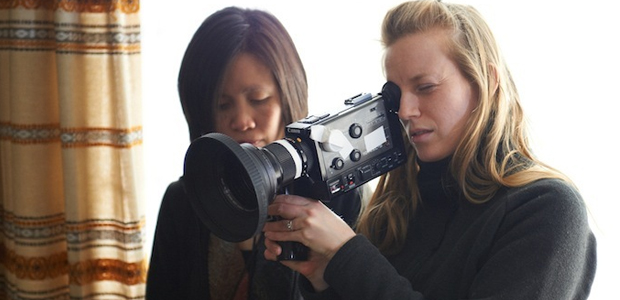
The rest of this list will reveal that I’m a sucker for films that deal with time, truth, and memory, but with Stories We Tell, Sarah Polley made a daring conceit that worked brilliantly in her forging of super 8mm home movies. This one has received some understandable criticism for those who wish Polley was more truthful in her exploration—when she turns the camera on herself, she is constantly unsure of what she wants. But that’s precisely why the film resonates. It captures the universal search for truth while never ignoring the fear that doubt creates—just as it did when Polley’s family joked about her not really being related. Form (and more specifically) format feed content, as the forged memories reflect Polley’s own desire for closeness, and when she asks her father to repeat narration, she is really reminding us that the frames one creates when deciphering the “truth” can always, problematically, expand further out.
7. Blue Is The Warmest Color (Abdellatif Kechiche)
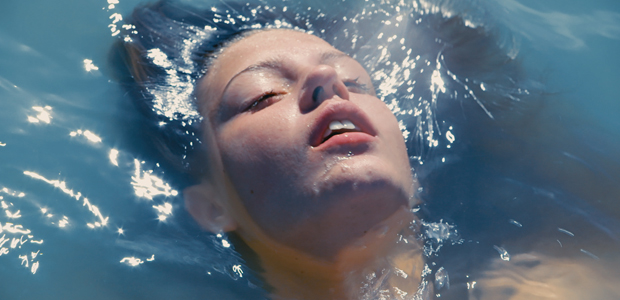
Lovely as the title is, Blue is the Warmest Color ought to have been released under its French title, La Vie d’Adele Chapitres 1 & 2. The American title, in referencing Emma’s blue hair, emphasizes the love story that unfolds over the course of three hours, and that story is certainly one of the better ones to grace the screen in 2013, but the film’s real treasure, as suggested by the connection between the French title and an early scene in which Adele and her boyfriend discuss the unfinished novel The Life of Marianne, is in its depiction of life’s tendency to imitate art. It was a common theme in 2013, but none said it quite so elegantly. Oh, and it also has the best performance of 2013, courtesy the young Adele Exarchopoulos.
6. Ain’t Them Bodies Saints (David Lowery)
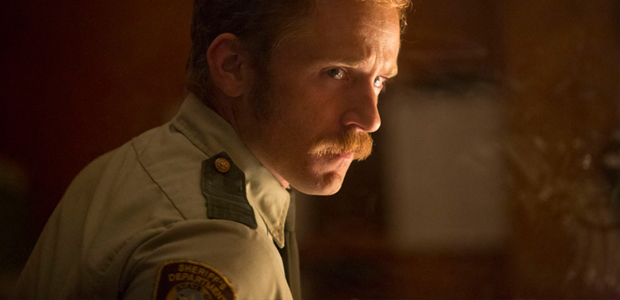
Above all, Ain’t Them Bodies Saints is a work about the creation of folklore. David Lowery makes dialogue dynamic by highlighting the performance and storytelling aspects it lends itself to while also depicting the setting in golden-hour, fairy-tale bliss. It’s also a look at how love between two different people preserves itself in different ways when time and distance grow. Comparisons to Malick were a dime a dozen upon release, but upon closer examination, it is clear that there is nothing quite like it.
5. Before Midnight (Richard Linklater)

It’s hard to imagine that 1995’s story of one-time love would birth two of the most vivid characters in cinema. So well do we know Jesse and Celine that when they talk about events we haven’t seen, something seems to be up. And there is something up: Before Midnight, more than a continuation of a relationship, is a look at modern parenting and generational shifts and changes, an experiment on the way time and detail accumulate, and a pondering of the worlds that continue to exist even as the film that gave birth to it comes to a close. Richard Linklater’s direction is also at its strongest here — he finds ways to leave an air of mystery about our central characters, to create a world that bursts out of the frame with details, and to make the walk-and-talk more dynamic than it was in Before Sunrise and Before Sunset.
4. You Ain’t Seen Nothin’ Yet (Alain Resnais)
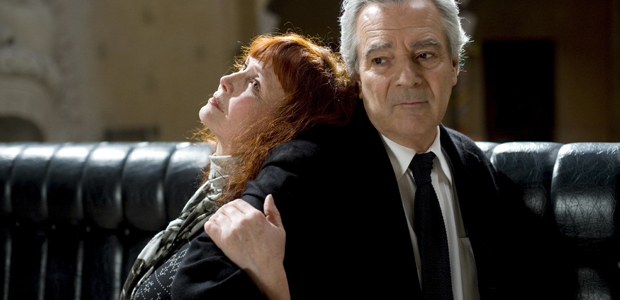
From the opening scene, in which a group of actors receive the same telephone call through a series of dissolves, it’s clear that Alain Resnais has not lost his edge. Here, he continues to reckon with his common themes of time and memory, of the common and disparate ground of theater and cinema, but he also attempts to display the transcending powers of art. Resnais works from a pair of Jean Anouilh plays, but even when the film immerses itself fully in the theatrical world, You Ain’t Seen Nothin’ Yet looks and feels like cinema.
3. The Wolf of Wall Street (Martin Scorsese)
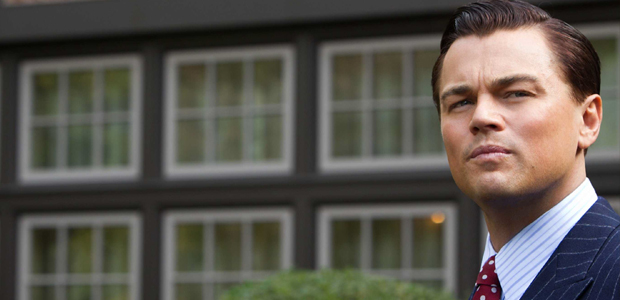
When was the last time a film this good came out of Hollywood? Above all else, this is an absolute tour de force in filmmaking craft: Martin Scorsese, with the very visible assistance of longtime editor Thelma Schoonmaker, tells a brilliantly structured story that, through a great use of voiceover and flashback, calls our subject’s stories into question and places him both inside and outside the diegesis in a way that allows viewers to question not only his authority, but also his representation. All the Scorsese trademarks are here, from the stunning tracking shots to the brilliant use of pop music to the dark comedy, and it all amounts to the most fun you will have at the movies for quite some time—at a tick under three hours, this one doesn’t run a second too long.
2. Closed Curtain (Jafar Panahi)
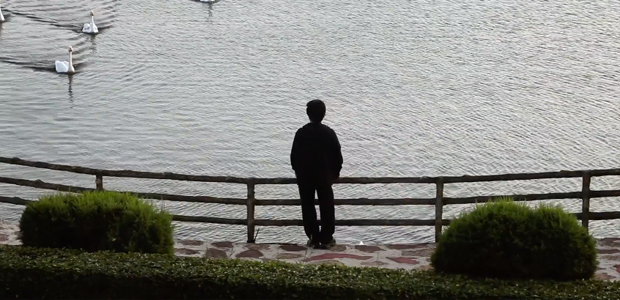
I can’t say much more now than I did in my full review, but Jafar Panahi’s Closed Curtain is a thrilling meditation on—literally—the liberating powers of cinema, an exploration of where hope comes from, and a chilling cry for help. What begins as a fiction slowly reveals itself to be a visualization of one filmmaker’s creative process, as well as a more fleshed out exploration of what constitutes a film and how digital technology can impact filmmaking that Panahi examined in his previous work, This Is Not A Film. That this one still doesn’t have a distribution deal is a travesty.
1. Upstream Color (Shane Carruth)

Easily 2013’s most original film, Upstream Color combined the year’s best editing and sound design to create the most transcendent cinematic experience in quite some time. 10 years after Primer, a sci-fi film that was more concerned with being a mindbender than utilizing cinema’s natural language, Shane Carruth has moved forward by leaps and bounds, proving that he is fully aware how disparate elements, from sound to color to editing, can operate individually and/or together to craft an utterly unique and meaningful viewing experience. Trying to give a plot of even thematic summary of Upstream Color in a few short sentences is a fool’s errand, so in lieu of attempting to do so, I’ll simply say that you should watch it. Now.

